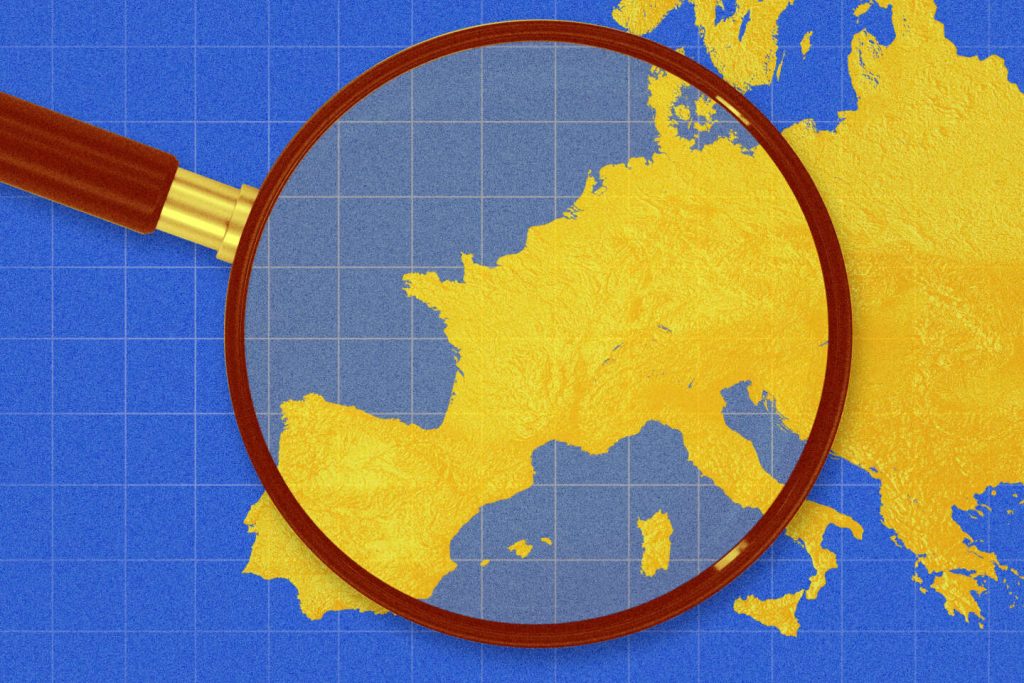As the European elections approach in six weeks, many polls anticipate a new surge of far-right parties in the European Union, compared to five years ago. According to Cas Mudde, a professor of international affairs at the University of Georgia, the key ideology shared by these parties is nativism, which categorizes citizens based on their arrival and “purity” (ethnic, religious, or cultural). They unite in their rejection of immigration and defense of traditional family values, seeking to protect both values and a way of life, including the increasing integration of climate rhetoric in their populist approach.
The main focus of European far-right parties is on strengthening the EU’s external borders to prevent the entry of migrants. These parties abstained or voted against the migrant pact in April, considering it too lenient. Actions such as erecting barriers, restricting rescue activities in the Mediterranean, and supporting Frontex’s focus on border protection rather than aiding migrants are among their priorities. They also advocate for permanently closing internal borders, an issue that conflicts with Schengen’s free movement agreements.
Another strategy proposed by far-right parties is the “externalization” of asylum seekers in Europe to third countries. This approach has gained support from mainstream right-wing parties as well. Some parties have gone as far as endorsing ideas of “remigration” to send non-assimilated citizens back to their countries of origin. In addition to immigration issues, far-right parties have also targeted the concept of “wokeness” as a new battleground, opposing progressive ideologies and advocating for the protection of traditional values.
Economic and energy crises are central themes in the discourse of far-right leaders, who criticize the financial costs and excessive constraints of the ecological transition, particularly targeting the European Green Deal. They advocate for deregulation in response to concerns from farmers, highlighting their opposition to environmental regulations imposed by multinational companies and the left. Additionally, they aim to protect the interests of farmers, motorists, and energy consumers, presenting themselves as defenders of freedom against climate policies.
Far-right parties in Europe face deep divisions on issues like the conflict between Russia and Ukraine, preventing the possibility of a coalition with other conservative parties. Disagreements over issues such as their stance on Russia, NATO, and political strategy have created animosities between far-right groups. The upcoming mandate may see ad hoc alliances formed among these parties, as seen in the past, due to differing ideological and strategic priorities. Despite similarities in ideas, political differences and personal rivalries may prevent cohesive collaboration among far-right parties in the European Parliament.
Overall, the rise of far-right parties in Europe ahead of the elections signals a shift towards anti-immigration policies, traditional values, and opposition to progressive ideologies. Despite their shared nativist foundation, these parties face internal divisions on issues such as migration, climate policies, and geopolitical alignments, making it challenging for them to form a unified front in the European Parliament. Through strategic alliances and targeting specific policy areas, far-right parties aim to influence EU policies and bring their nationalist and conservative agendas to the forefront of European politics.


